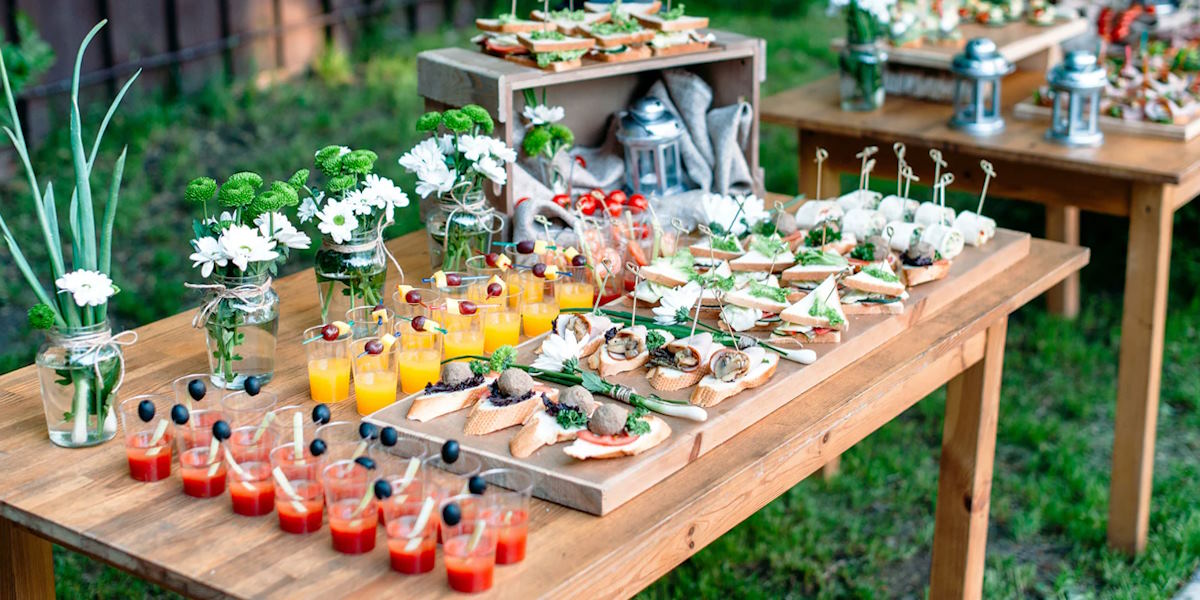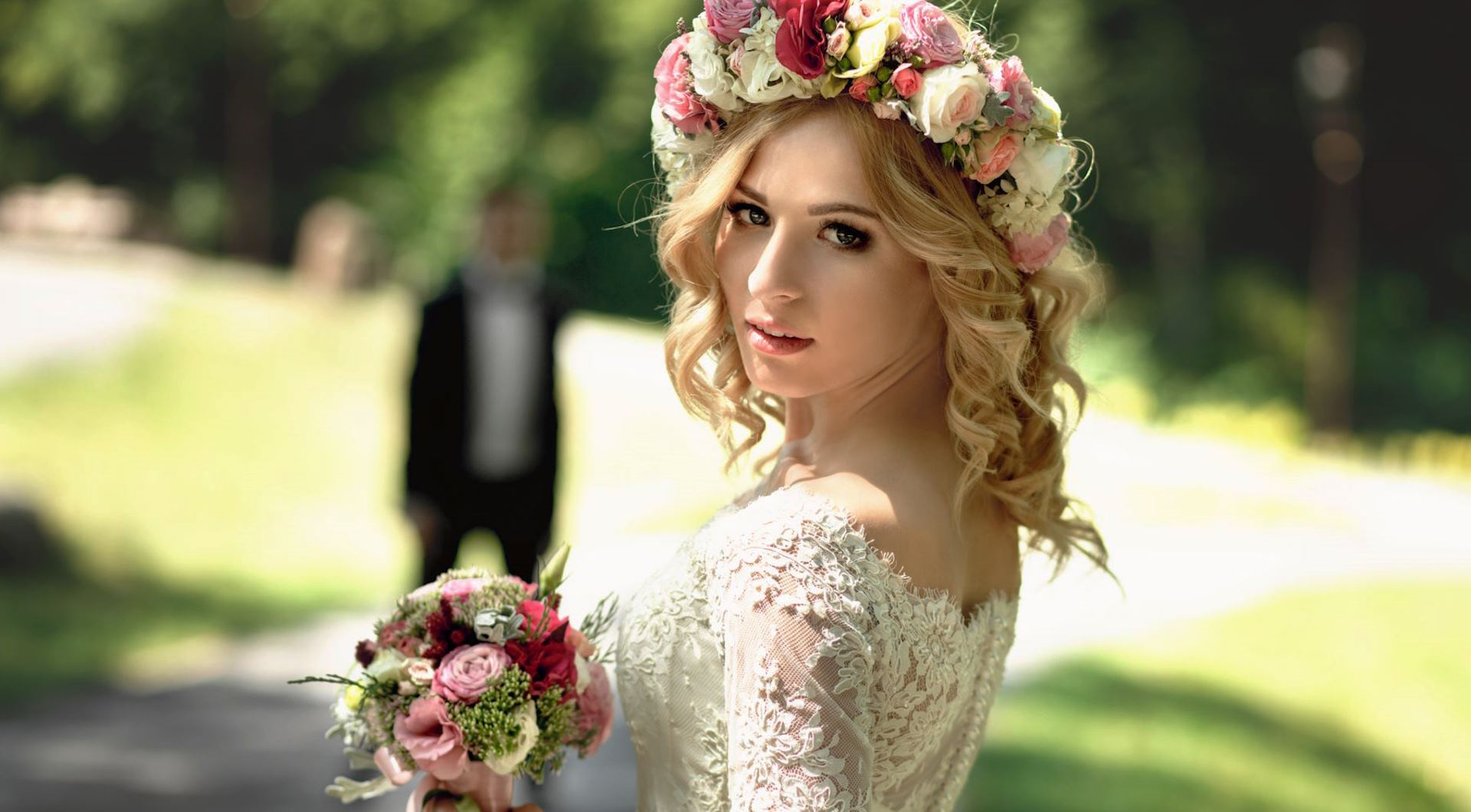Choosing the best catering for your event can feel like trying to pick the perfect outfit for a big day. It needs to fit just right, make a good impression, and, of course, please everyone. But where do you even start? With so many options out there, from gourmet meals to casual buffets, finding the right match can be a bit overwhelming. Don’t worry – whether you’re planning an elegant wedding or a laid-back backyard party, I’m here to guide you through the process of making sure the food is a hit and your guests leave happy.
Understand Your Event Type
Before you dive into menus and service styles, it’s essential to step back and consider the type of event you’re hosting. The food served at a corporate meeting, for instance, will differ from what’s appropriate for a wedding reception or a casual backyard BBQ.
- Corporate Events: The focus is often on efficiency and professionalism. Finger foods, simple buffets, or box lunches can work well.
- Weddings: This is where people expect a more elevated dining experience. Multi-course meals, plated dinners, or interactive food stations can leave a lasting impression.
- Casual Parties: For laid-back gatherings, think family-style meals or fun, themed buffets.
Matching your catering style to your event will ensure your guests are not only satisfied but impressed. Imagine serving finger sandwiches at a wedding or fancy hors d’oeuvres at a backyard BBQ – it just wouldn’t feel right!

Set a Budget
Let’s be real – food is one of the biggest expenses when it comes to planning an event. That’s why setting a budget early on is crucial. Start by deciding how much you’re willing to spend per guest, and don’t forget to account for extra costs like staff, equipment, and service charges.
| Event Type | Budget per Guest | Notes |
| Corporate Meeting | $10 – $30 | Simple meals like sandwiches or box lunches |
| Wedding Reception | $50 – $150+ | Plated dinners or food stations |
| Casual Parties | $15 – $50 | Buffets, BBQ, or family-style dining |
Once you know your budget, you can start narrowing down caterers who fit within your price range. Remember, though, that quality is key. A slightly higher budget can sometimes make a world of difference in the quality of food and service.
Determine Your Guest Count and Preferences
The number of guests you’re inviting will play a big role in the catering decisions you make. A small, intimate gathering might lend itself to a more personalized menu, while larger events will require something that can feed the masses efficiently.
Next, think about your guests’ dietary preferences. Are there vegetarians, vegans, or guests with food allergies on your list? Offering a variety of options shows you’ve thought about everyone’s needs, and you’ll avoid leaving anyone out. A simple way to manage this is by including:
- Vegetarian options
- Vegan alternatives
- Gluten-free choices
- Nut-free dishes
Having these choices available ensures that everyone will find something they can enjoy, and it will leave a positive impression on your guests.
Choose the Right Style of Service
Not all catering services are created equal, and the style of service you choose can greatly impact the overall vibe of your event. Here’s a quick rundown of the three most common options:
| Service Style | Pros | Cons |
| Buffet | Flexible, variety of options, interactive | Can be messy, may lead to longer lines |
| Plated | Elegant, controlled portions, time-efficient | More expensive, limited choices |
| Food Stations | Fun and unique, encourages mingling | Requires more space, can be pricier |
Choosing between a buffet, plated service, or food stations will depend on the formality of your event, the number of guests, and how you want your guests to interact. For a wedding, a plated dinner might feel more formal, while a casual birthday party may be better suited to a buffet or food stations where guests can move around freely.
Menu Selection
Now comes the fun part – picking the food! Think about the time of year, your event’s theme, and your guests’ preferences when creating the menu. Offering seasonal ingredients or local dishes can elevate the experience and add a personal touch. Here’s a checklist to help you out:
- Appetizers: A mix of hot and cold options, bite-sized for easy snacking.
- Entrees: Consider offering two or three main dishes, including a vegetarian option.
- Desserts: A dessert table with mini sweets or a classic cake for weddings.
- Beverages: Don’t forget drinks! Offer a mix of alcoholic and non-alcoholic options.
It’s also a good idea to let your caterer know if you want to create a custom menu or stick to a pre-set one. Some caterers may allow you to create personalized dishes that hold significance for you or your guests.



